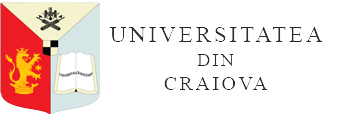PROPERTIES OF TYPICAL DISTRICAMBOSOL SOIL UNDER THE INFLUENCE OF SURFACE EROSION
DOI:
https://doi.org/10.52846/aamc.v53i1.1484Abstract
This paper presents the evolution of the typical districambosol soil in the vicinity of the Experimental Camp for the Preajba Grassland Culture in Gorj County under the influence of surface erosion. In this respect, 2 soil profiles were comparatively executed as follows: one profile located on the plateau where the slope was 2 to 5%, characterised by the following sequence of horizons Ao-Bv1-Bv2-Bv3 with 30 cm Ao horizon, and the other profile was located halfway down the slope on a slope of 10 to 15%, characterised by the following sequence of Ao-Bv1-Bv2-Bv3 horizons, where slow geological (surface) erosion can be observed which has led over time to the removal of 13 cm of soil from the surface of the Ao horizon, reaching a 17 cm thickness.
By analysing the main physical and chemical properties of the soil samples collected from the two soil profiles, it was revealed that the loss of the topsoil layer, by washing away the fertile soil layer year after year, also leads to a gradual worsening of the soil chemical properties. In this respect, the soil quality reports were drawn up and, on the basis of the quality scores, the potential yields that could be achieved under normal conditions by applying appropriate technologies were determined.
Thus, it was found that on soil with no risk of erosion, with a slope of 2 to 5%, potential yields are 32.76% higher for wheat, 50.77% higher for maize and sunflower, 50.98% higher for potatoes and 32.76% higher for peas and beans than on soil with a high risk of erosion, with a slope of 10 to 15%, showing the negative influence that slope has on soils and implicitly on yields.


